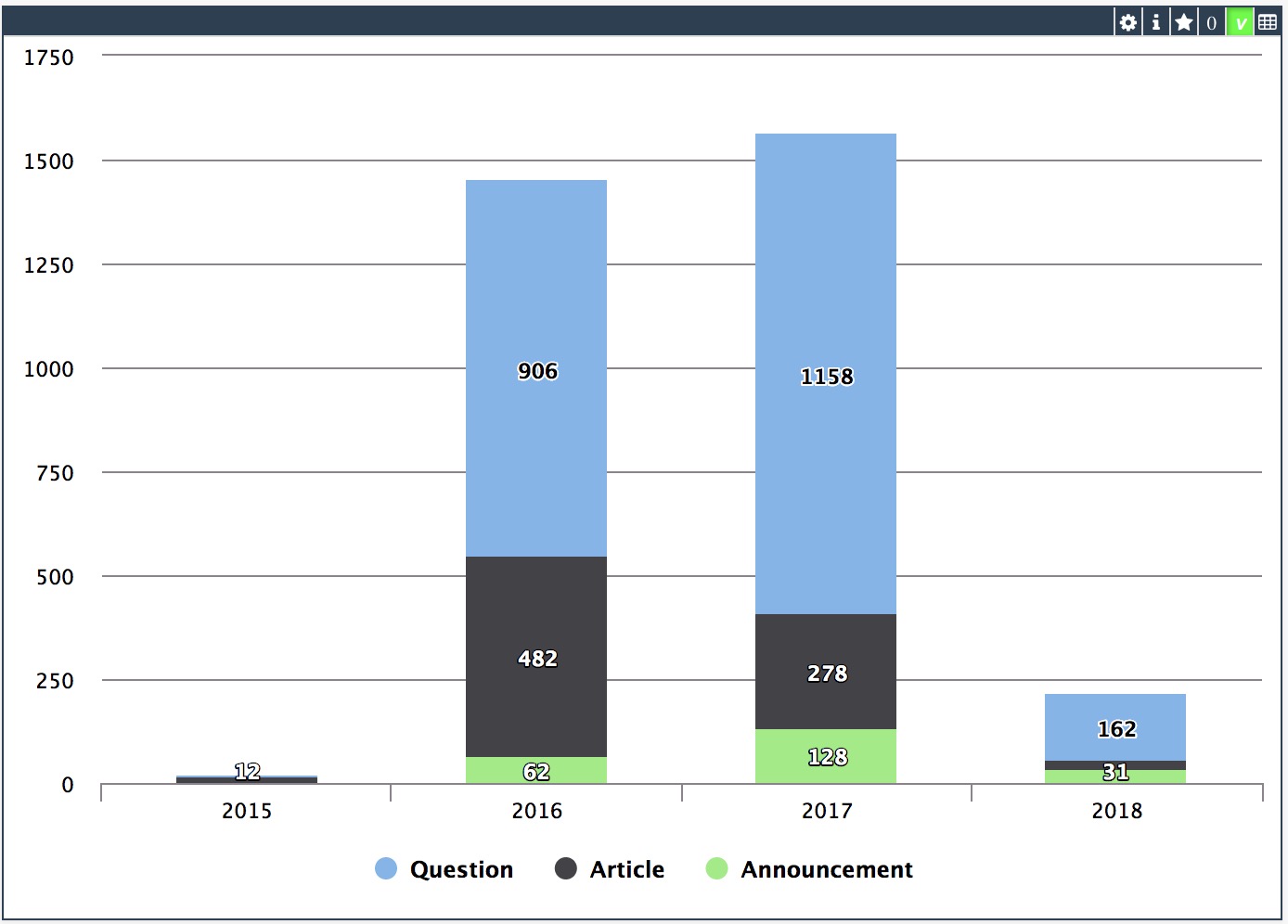"Telegram" is a well-known instant messenger, which provides an API for creating bots. The features of this API allow you to create bots with a wide range of functionality including receiving payments.
With the help of the telegram bot, I solved a simple task - sending Alerts from Ensemble to Telegram.
Advantages: Alerts come to the mobile phone, a notification appears, so there is no need to install any additional applications (in contrast to the solution https://community.intersystems.com/post/sending-alerts-mobile-phone-using-pushover- httpoutboundadapter).
The bot can be extended by adding new commands, for example, for managing the Production or for solving other tasks in Iris, Ensemble or Cache.

 , here's a poll for Ensemble users.
, here's a poll for Ensemble users.

